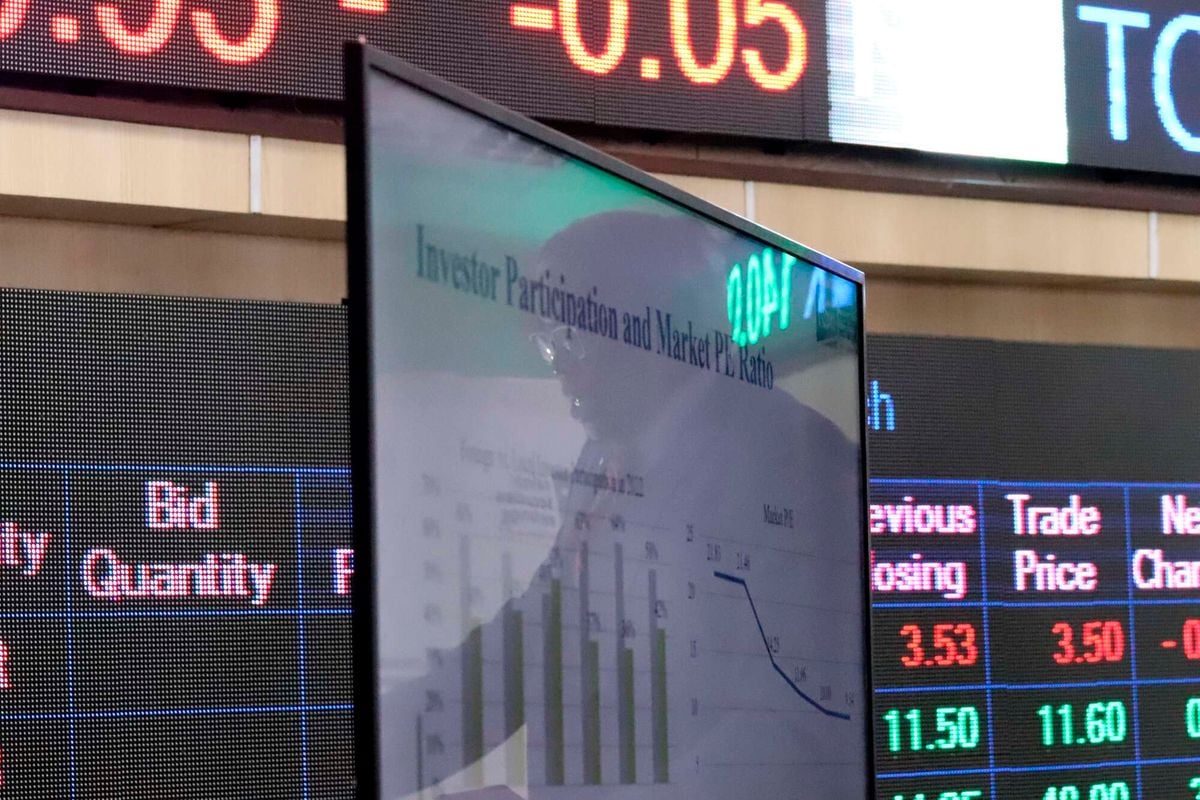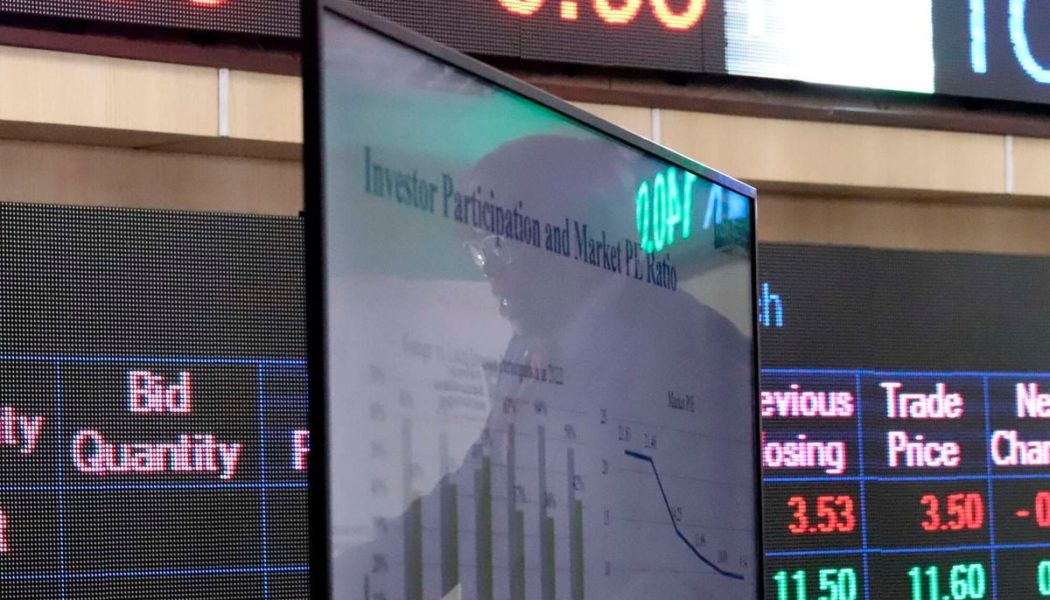
Financial markets are shifting again. From the end of May, shares traded in some of the biggest markets – the United States, Canada and Mexico – will be settled in just one business day, compared with two days after trades are initiated.
This shift to the practice known as T+1 is set to improve market efficiency, reduce risk in markets, increase trading volumes and cut the need for collateral to back trades.
Notably, some markets such as India and China have been trading the T+1 settlement cycle for years. In fact, India is already setting up for a same-day market settlement before the end of this year. T+0 would ensure trades are settled immediately.
At the Nairobi Securities Exchange (NSE), trades are settled at T+3. Should we follow suit and shorten our settlement cycle? I believe so (and soon). Here are two reasons why.
One, moving from T+3 to T+2 or T+1 is not just an operational event, it’s also a perception event. When shorter settlement cycles become universal, markets stuck in previous regimes will be deemed inefficient and unmarketable.
For a country seeking to balance its trade deficit, reduce its debt burden and woo back fleeing foreign investors, the move towards a shorter settlement cycle communicates the idea that we are ready and prepared to continue doing business.
Hence, it should be of urgent concern as it resonates with most international investors connected to Kenya’s markets. A switchover should be a matter of how and when, and not if.
Two, a shorter settlement cycle should enhance our profile as an important financial centre. Unfortunately, Kenya has been slipping behind.
The latest Global Financial Centres Index 35 (GFCI) ranked Nairobi 95 out of 121 financial centres, down from 90. Kigali, our close competitor, was not only ranked higher at 67 but also managed to move up 14 places.
In fact, respondents to the global survey see the capital of Rwanda becoming even more significant in the next two or three years. Other notable African centres such as Johannesburg, Cape Town and Mauritius all moved up in rank.
Why is this switchover important again? Part of the GFCI model inputs is market liquidity (under the financial sector development bucket). Altogether, holding up in rank (or at least moving upwards) means the financial centre has a good reputation for liquidity, stability and innovation.
That said, the shift itself is not enough. Other facets of our financial system need to be upgraded in tandem. For instance, our regression to the grey list status means any T+1 or T+2 settlement benefits will be limited.
Research indicates that countries with low FATF scores lead to a reduction in foreign direct investment (FDI) to GDP ratio by up to two percent.
The same research shows that FDI inflows can decline by three percent, portfolio inflows by 2.9 percent, and other investment inflows by 3.6 percent of GDP.
Hopefully, the regulator and the new leadership at the Nairobi Securities Exchange (NSE) will help make the switchover a reality sometime in the near future.
Mwanyasi is MD, Canaan Capital.









